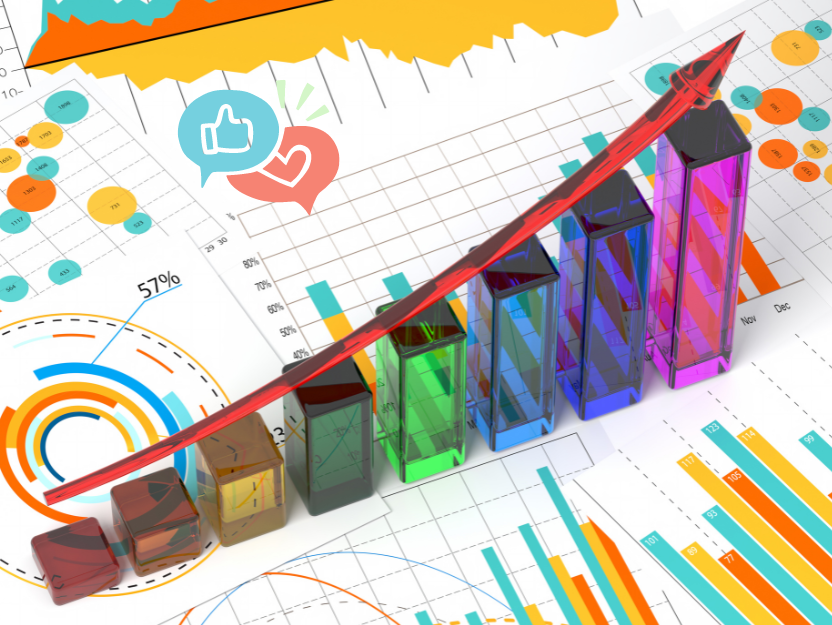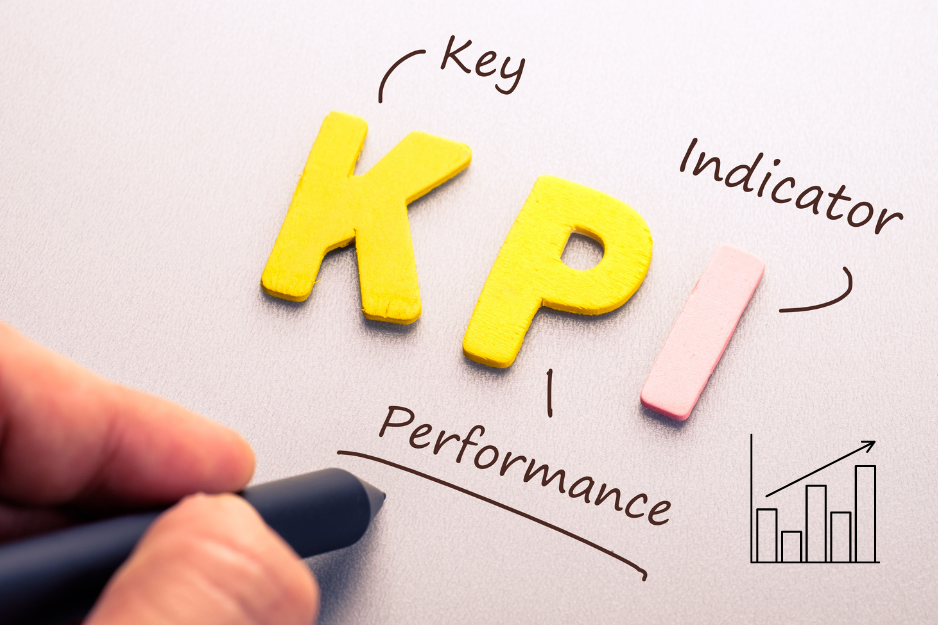Analyzing Your Social Media Performance: Tools and Tips for Marketers
Boost your social media marketing with top analytics tools and strategies for better performance and engagement insights.

In social media, marketers need to use analytics to plan their strategies and see how well they're doing. Social media analytics tools help them understand what's happening online, like how much people interact, what's trending, and if their efforts are paying off. This article talks about why these tools are important and gives tips to help marketers analyze and improve their social media performance.
Key Takeaways
- Social media analytics tools are important for seeing how much people interact, finding trends, and figuring out if social media efforts are paying off. They help marketers make smart decisions.
- Benchmarking and competitor analysis through these tools can show where a business can grow and how to stay competitive on social media.
- Understanding audience and posting times helps get more engagement and reach on social media.
- Defining and measuring the right KPIs is key to understand data better and shows the value of social media marketing clearly.
Understanding Social Media Analytics Tools

The Role of Analytics in Social Media Marketing
In social media marketing, analytics tools are crucial for understanding and improving digital strategies. Analytics helps us understand social media better by showing what content is popular, how users behave, and how well targeted ads work. By using data analytics, marketers can understand their audience, find new chances for success, and make smart decisions for the future.
These tools help gather and study data from social networks, which is key for improving marketing strategies. For example, analytics can show which posts are popular on certain platforms and when people are most active, helping plan campaigns better.
To pick the right social media analytics tools, think about:
- Being able to track how engaged people are.
- Having easy-to-understand reports for clear insights.
- Making sure the tools work well with your other marketing tools.
- Being able to analyze data in real-time to make quick decisions.
Benchmarking and Competitor Analysis

Setting Performance Benchmarks
Setting goals for how well your social media strategy should do is an important first step in knowing if it's working. This lets you compare how you're doing over time, see patterns, and make smart choices. When setting these goals, look at how you're doing internally and what's typical in your industry.
- Benchmarking Performance: Set goals for your business, like how many followers you want, how engaged people are, and how much attention your posts get.
- Content Strategy Insights: Learn what kind of content your audience likes and dislikes to improve your strategy.
- Audience Understanding: Understand your audience better by finding out what problems they have and when they're most active on social media.
Conducting Competitor Analysis with Analytics Tools
Looking at what your competitors are doing is really important for social media marketing. It helps you see what's going on in the market and plan your strategies better. With analytics tools, you can analyze what your competitors are posting and how people are reacting. This helps you understand what your audience likes and find areas where you can improve and grow.
Here's how to do it:
- Figure out who your main competitors are.
- Look at what they're doing on social media and how they share content.
- See how engaged their followers are and how much their audience is growing.
- Compare their performance with what's normal in your industry.
- Find trends and tactics that are working well.
Following these steps helps you learn things that can guide your content and marketing choices. Remember, the goal isn't to copy but to come up with new ideas, using the data to make your brand stand out in social media.
Leveraging Insights for Strategic Growth
Using information from social media analytics is really important for growing strategically. When you know what your audience likes and when they're most active, you can make content and plans that fit them better. Tools like Robopost will help you doing so.
Here's how you can use this information to grow smartly:
- Make your content better based on what your audience likes.
- Post at the best times for more people to see your content.
- Improve how you interact with people by learning from what your competitors do.
- Keep an eye on trends and be quick to change to stay ahead.
The key to using analytics for growth is not just getting data but understanding it and using it to make smart decisions for your business.
Maximizing Audience Engagement

Understanding Your Audience Demographics
To get more people interested, it's important to know who your audience is. Analytics tools can help by giving you details about your followers, like their age, where they live, what devices they use, their interests, jobs, and more. This info helps you make content that connects with them and makes your marketing efforts more effective.
Here are some things you can look at:
- Age range
- Location
- Gender
- Device used
- Interests and affinities
- Professions
- Influencers
Knowing these things about your audience helps you make better content and get more people interested. For example, if a lot of your followers like tech stuff, posting about tech could get more engagement.
Optimizing Posting Times for Maximum Reach
To reach more people on social media, it's important to share content when your audience is most active. Analytics tools can show you the best times to post based on when people are most active and engaged. For example, research suggests that the best times are usually between 6 PM to 9 PM and 12 PM to 3 PM, with Friday being the most effective day.
Try posting at these times and see how it goes. Change your strategy if needed to find what works best for your audience. Keep posting regularly but be ready to adjust as people's habits change.
Engagement Metrics: Beyond Likes and Shares
Likes and shares are easy to see, but they don't show the whole picture of how people interact with your content. Engagement rate is a better measure because it looks at likes, shares, comments, and other interactions compared to how many followers you have. This gives a better idea of how much your audience is involved with what you share.
To really understand how engaged your audience is, you need to look at more than just likes and shares. Here are some other metrics that can help:
- Comments: Shows if people are having real conversations about your content.
- Clicks: Tells you how many times people have clicked on your content, showing deeper interest.
- Impressions: How many times your content has been seen, even if no one interacted with it.
- Engagement Rate: Compares all interactions to how many people saw your content, giving a sense of how engaging it is.
Measuring Success: Metrics and KPIs

Defining Relevant KPIs for Social Media Success
Success on social media isn't the same for everyone. You need to pick the right things to measure based on what you want to achieve. For example, if you're focused on getting your brand known, you'd look at how many people see your posts. If you want more interaction, you'd pay attention to comments, shares, and likes.
Here are some important things to track:
- Reach and Impressions
- Engagement Rate
- Click-Through Rate (CTR)
- Conversion Rate
- Growth of Followers/Subscribers
Once you know what to measure, keep checking regularly over time. This helps you see how well your social media is working and plan what to do next.
Reporting and Communicating Analytics Findings
Making good reports from analytics is important for understanding what to do next. When you create a report about social media, it should follow a plan that fits your goals and what your audience wants to know. Start by picking the most important numbers that match what you want to achieve. For example, if you want to get people more involved with your brand, look at how often they interact with your posts, how much your brand is talked about, and how many new followers you get.
Conclusion
In social media marketing, using analytics tools is a must, not just something nice to have. These tools give important information about how well you're doing, what content works best, who your audience is, and how you compare to others. The right tool depends on what you want to know, but using data to understand what works can make a big difference in how successful your social media efforts are. Pay attention to the numbers—they tell a clear story about what's working and what's not.



